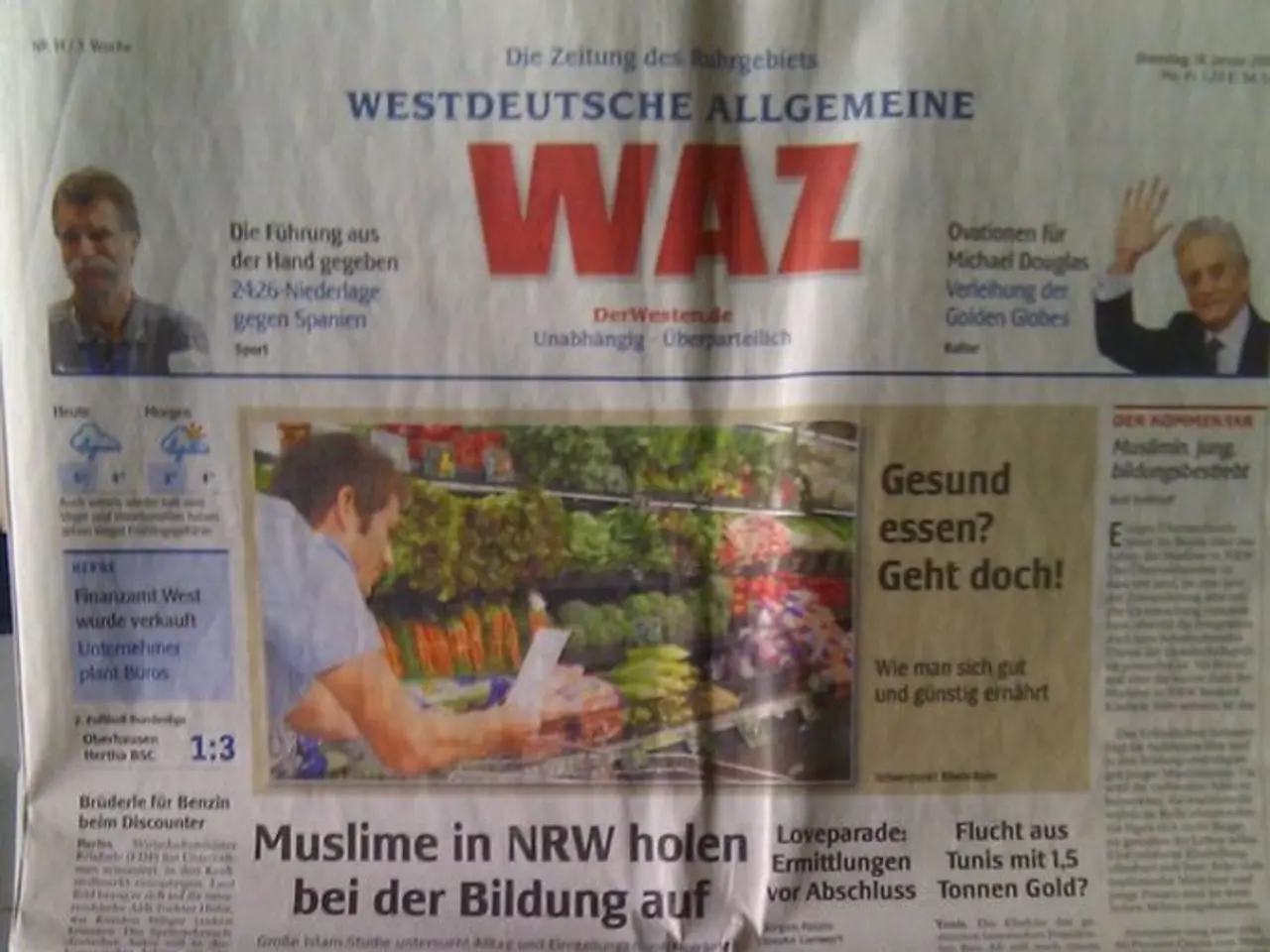Trump to Unveil Trade Deals and Tariff Decisions
In a notable development, the US administration has announced new tariff measures and threats against several countries, particularly in Asia and Africa. This shift towards a more assertive trade policy could potentially lead to increased trade tensions and negotiations in the coming months.
The heart of the US strategy is the implementation of reciprocal tariffs, countering what it perceives as unfavorable treatment of US exports. According to the administration, tariffs on products from countries like Pakistan, the Philippines, Serbia, and Russia are intended to mirror similar tariffs these countries impose on US goods.
One of the most significant changes concerns China, where increased tariffs on Chinese-origin goods that would otherwise qualify for *de minimis* exemption via the international postal network have been implemented. These duties now stand at 90% *ad valorem* or $150 per item, effective June 1, 2025, with an initial rate of $75 per item.
Other countries, such as Japan and South Korea, face tariffs of 25% on their goods, scheduled to start August 1, 2025, unless negotiations change course. Myanmar and Laos face the highest new tariffs at 40%, while Thailand and Cambodia may see significant rates if threats are enacted. South Africa, Malaysia, and Kazakhstan are also on the list, with tariffs of 30%, 25%, and 25% respectively, all set to take effect on August 1, 2025.
However, it's important to note that several tariffs are delayed to allow for further negotiations or to avoid immediate economic disruption. For instance, the reciprocal tariffs for Pakistan and the Philippines, initially scheduled for July 7, 2025, have been delayed until August 1, 2025.
In addition to these tariff measures, the US administration has threatened tariffs on certain products, such as steel, aluminum, and car imports. Furthermore, the US Treasury Secretary, Scott Bessent, expects many deals to follow from the letters sent to other countries regarding new tariffs or potential trade agreements.
Meanwhile, other nations have responded to these US tariff threats. China, for example, has criticized Trump's use of tariffs as a means of pressure, emphasizing that the alliance is focused on cooperation, not confrontation. The Brics countries, including Brazil, Russia, India, China, and South Africa, have also criticized Trump's increase in unilateral tariffs in trade policy.
The US administration has sent letters to 12 to 15 countries about new tariffs or potential trade agreements by July 8th. It remains unclear whether EU countries will also receive these letters.
President Donald Trump had previously threatened the Brics countries with tariffs of 100% if they turned away from the US dollar as an international means of payment. However, he recently suspended tariffs against the EU for a three-month negotiation period, which ends on July 8th.
In conclusion, the US tariff policy aims to encourage more production in the USA, but its impact extends far beyond US borders. The widespread implementation of these measures and threats could lead to complex negotiations and potential trade tensions in the near future.
The US tariff policy, as it extends beyond the borders of the nation, may influence a multitude of industries, including finance, politics, and general news, as it affects trade relationships with numerous countries such as China, Japan, South Korea, Myanmar, Laos, Thailand, Cambodia, South Africa, Malaysia, Kazakhstan, Pakistan, and the Philippines. As these countries responds to the US tariff threats, it could potentially spark debates and resolutions within these regions, influencing the global economic landscape.
The US Treasury Secretary, Scott Bessent, anticipates multiple trade deals to arise from the letters sent to other nations, impacting the global economy and further intertwining the finance and politics of several nations. The ongoing tariff threats and responses from various nations signify growing trade tensions, which may resonate in the global industry landscape.




